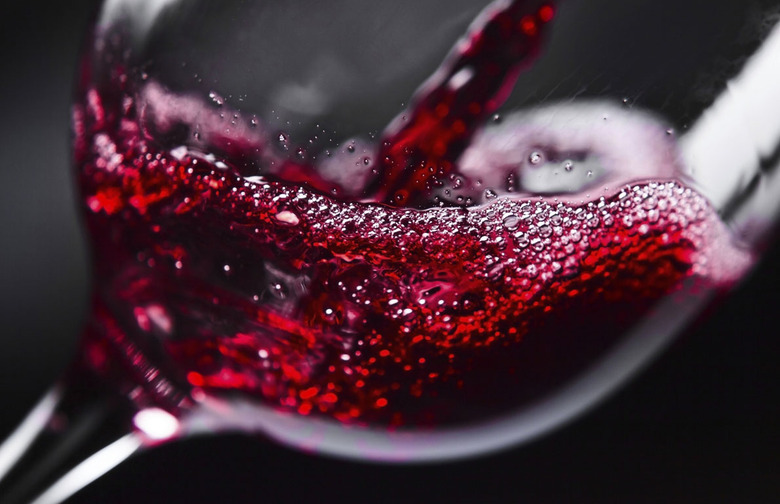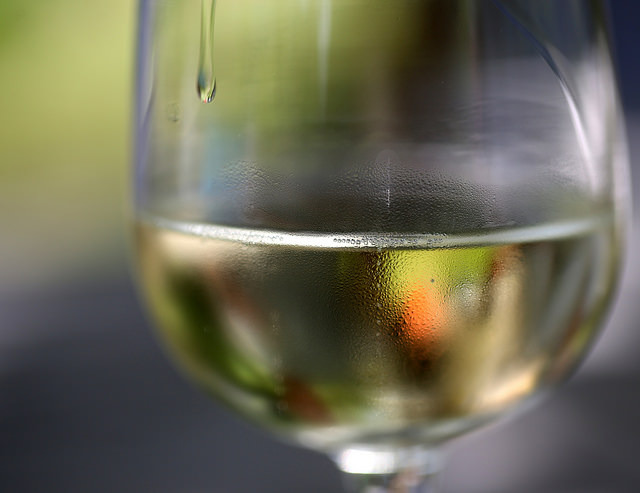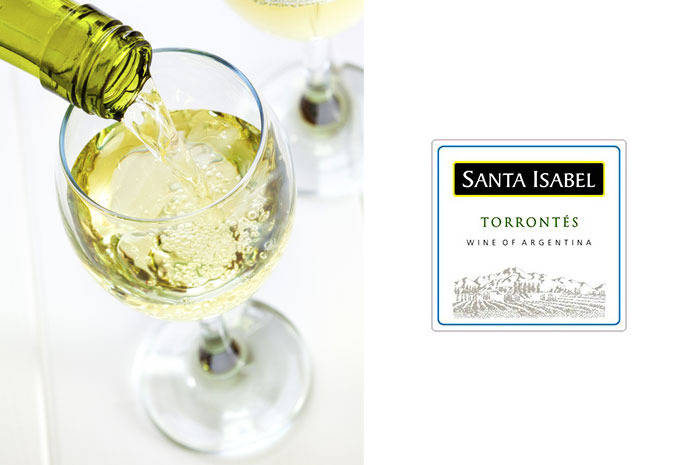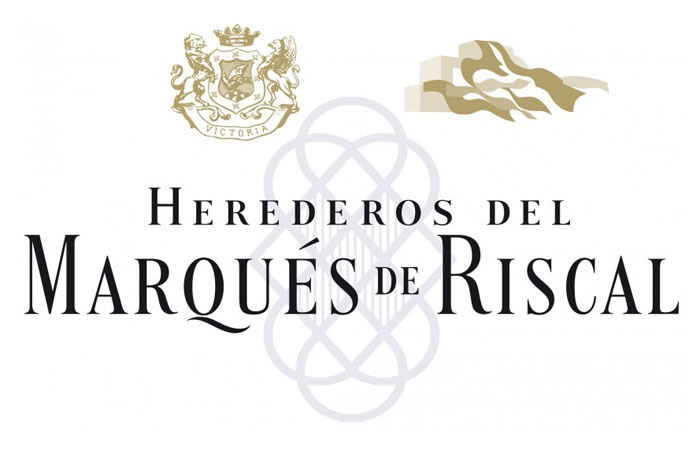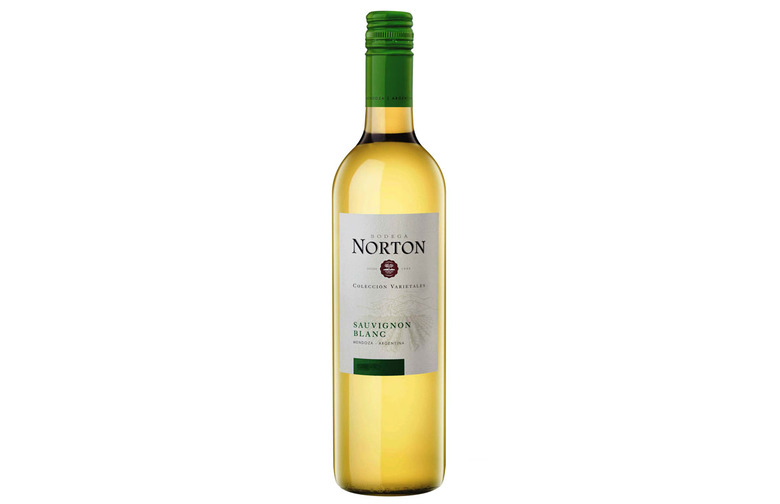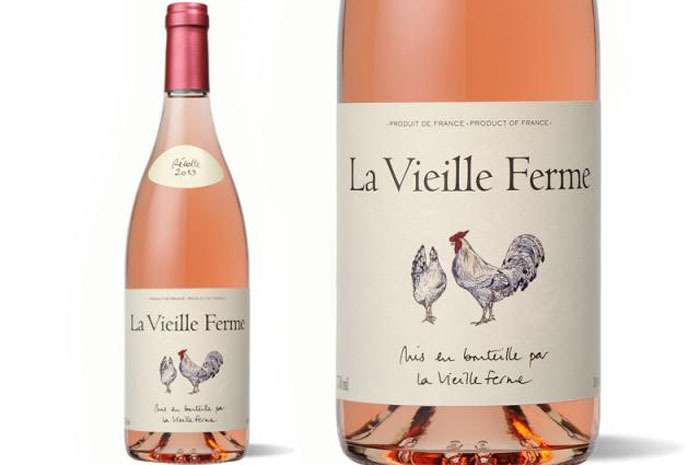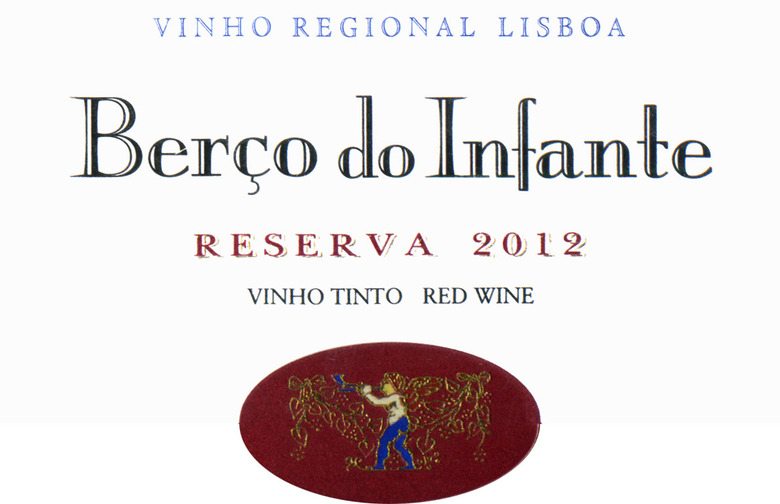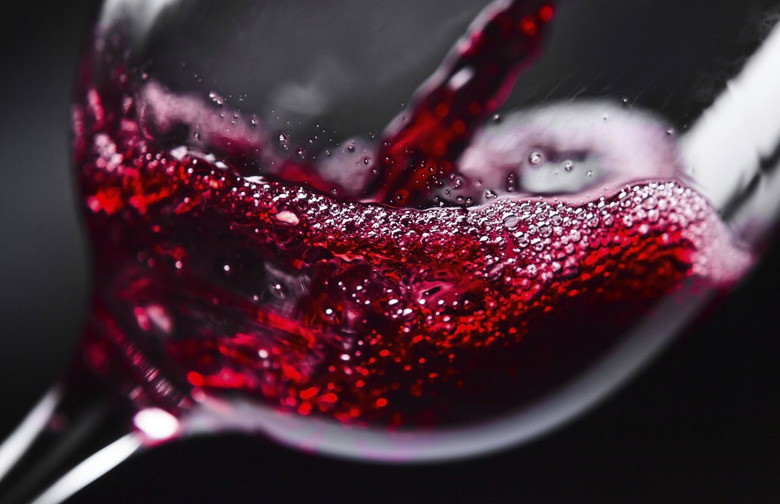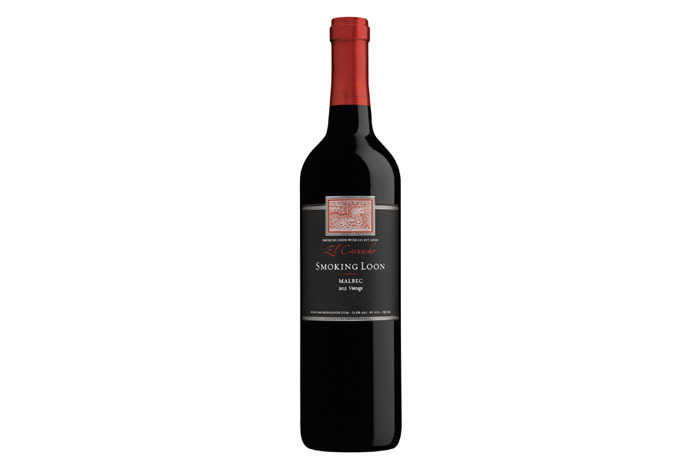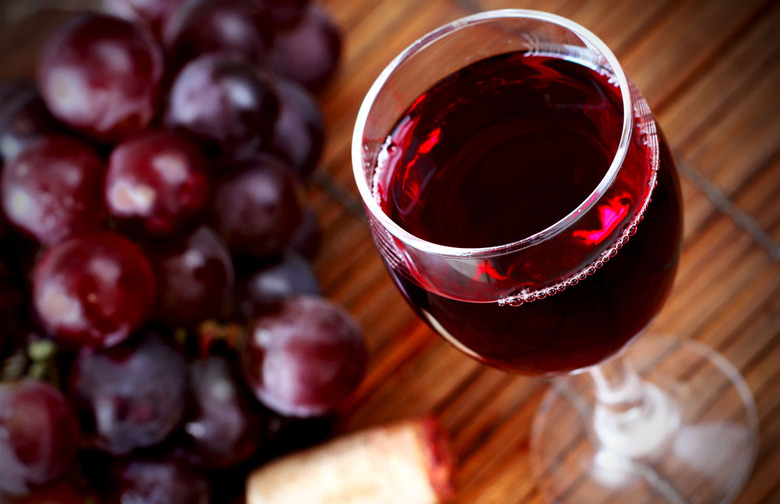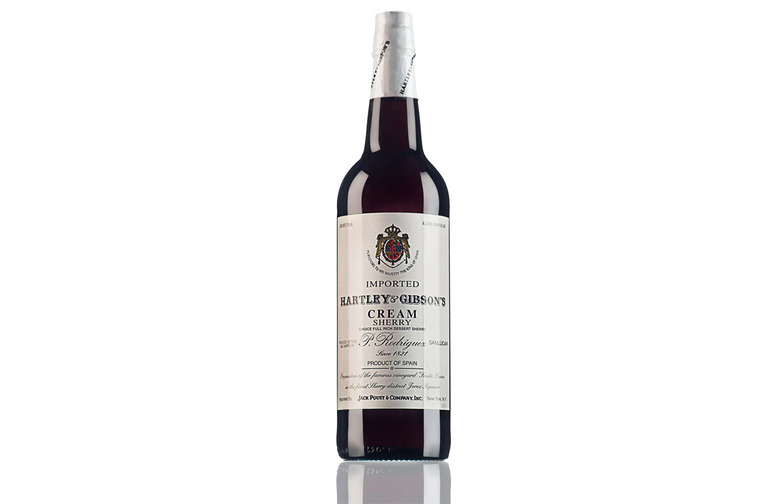Owe Money To The IRS But Thirsty Anyway? 10 Affordable Wines To Ease The Pain (Slideshow)
Life, it has been said, is too short to drink bad wine. Absolutely true. But serious wine-lovers realize something that might be lost on more casual drinkers: There is no absolute relationship between wine price and wine quality. A $100 bottle may or may not be better than a $20 one, but it almost certainly won't be five times better — and there are plenty of $10 wines that are as good as those at twice the price.
Banrock Station Chardonnay 2014 ($6)
This bargain-price Australian offers surprisingly vivid chardonnay character in both the nose and mouth. This is a tropical-fruit-style chardonnay (think pineapple), with some lemony acidity but without too much oak.
Santa Isabel Torrontés 2013 ($7)
This aromatic, spicy wine from Argentina's noted Bodegas Nieto Senetiner is a good choice for those who like just a touch of fruity sweetness in their wine. With its mouth-filling flavor and notes of acidity, this one, like most torrontés, makes a good partner for Asian food with a bit of heat to it.
Marqués de Riscal Rueda Blanco 2014 ($8)
Made from two of Spain's most delightful white-wine grapes, verdejo and viura, this light, crisp, aromatic wine, from a prominent producer of serious red wines in Rioja, has plenty of fruit and a fresh, grapey finish.
Bodega Norton Sauvignon Blanc 2013 ($9)
While not as relentlessly grapefruity as similarly priced Chilean and New Zealand-produced sauvignon blancs can be, there is plenty of citrus acidity in this light and lively Argentinian production.
La Vieille Ferme Rosé 2013 ($8)
Just in time for summer comes this surprisingly flavorful pink delight, made from cinsault, grenache, and syrah grapes grown around Mont Ventoux in Provence by the esteemed Perrin family (producers of considerably more expensive wines like Château de Beaucastel Châteauneuf-du-Pape and California's Tablas Creek). It's very well made, with no rough edges, but plenty of strawberry fruit and a nice bite of acidity.
Berço do Infante Estremadura Reserva 2012 ($7)
The table wines of Portugal, both white and red — as opposed to its famous fortified wines — remain one of the world's great wine secrets and wine bargains. Made in large part from grapes not known in other regions and frequently blended instead of being bottled as single varietals, they tend to offer unexpected complexity and flavors that are almost but not quite familiar. This juicy red, made from an indigenous variety called castelão blended with aragonez (the local name for tempranillo), is almost astringently dry, with a dusty, earthy character and some very nice black-cherry fruit.
Lindeman’s Shiraz Bin 50 2014 ($7)
A good mouthful of wine for a bargain-price shiraz, medium in body and peppery, with some obvious oak and a concentrated fruit flavor that suggests half-dried grapes, plums, and blackberries
Smoking Loon El Carancho Malbec 2013 ($7)
Started by a branch of California's famous winemaking Sebastiani family, Smoking Loon turns out a wide selection of wines in a wide range of prices, using fruit from Chile as well as its home state. This example is something of a rarity — a malbec, a grape overwhelmingly associated with Argentina, from Chile's Valle Central. It's a little less aggressive than many of its counterparts from the other side of the Andes, with good fruit, a touch of earth, and some savory herb flavors. I'd say it would make a good steak wine, but you owe your steak money to the IRS, so I'll just say it would work very nicely with a burger, too.
Bodegas Nekeas Vega Sindoa Tempranillo 2013 ($8)
Tempranillo is the great indigenous red wine grape of Spain; under various names, it produces superb vintages in Rioja, Ribera del Duero, the Penedès, Valdepeñas, and Navarra — the source of this bargain-price example. There's not a lot of depth to this wine, but with its light cherry-tinged aroma and its abundance of fruit on the palate, it's very pleasant to quaff.
Hartley & Gibson Cream Sherry ($10)
It would be hard to come up with a less trendy wine category than cream sherry, a very sweet, viscous version of Spain's most famous fortified wine, blended from various other sweet sherries. But if you can get past the misleading name (if you're lactose-intolerant, no sweat; there's no cream in cream sherry) and the inevitable associations with little old ladies sipping it from thimble-size glasses with extended pinkies, it can actually be quite delicious and makes a good substitute for dessert. Hartley & Gibson is an old sherry firm that is somehow able to sell this good example of cream sherry for not much more than the California imitations cost. If you like liqueurs, try this.
